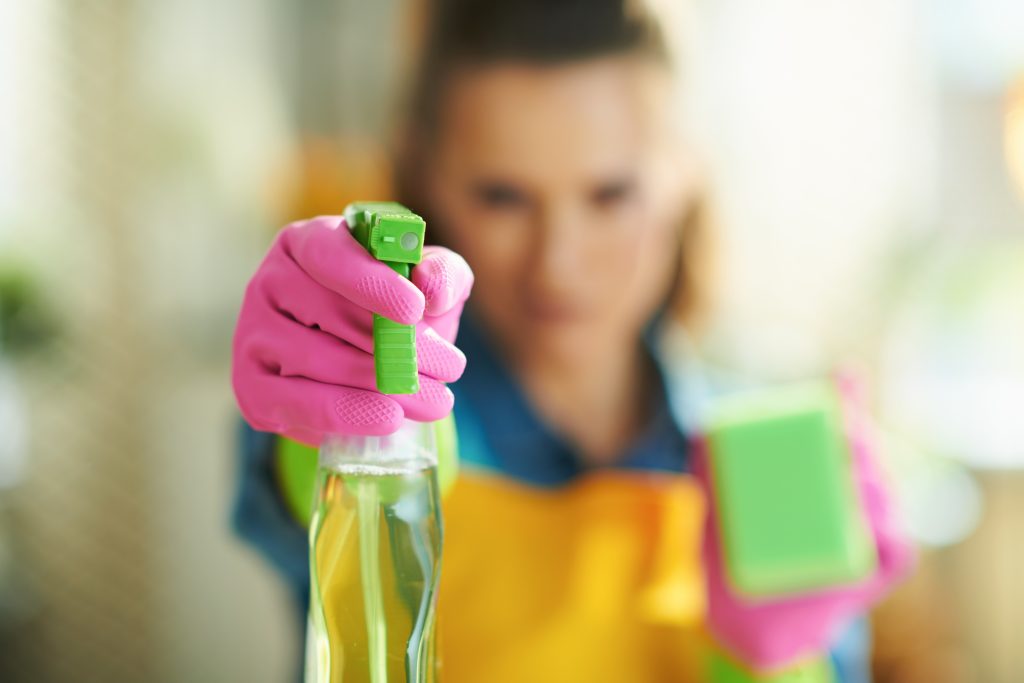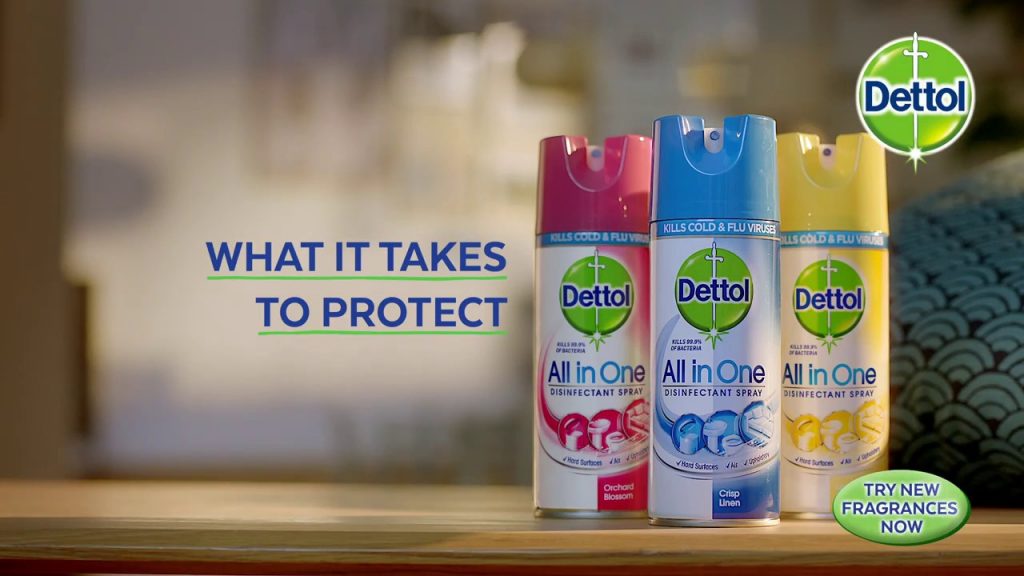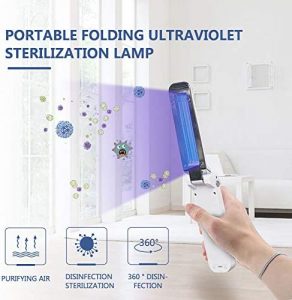
The World has been turned Upside-Down!
Chemicals we once demonised for killing the environment are now heralded for helping to keep us safe. Covid is forcing us to make some tough choices between looking after our families today and protecting their futures tomorrow. Over the last four months, we’ve become almost obsessive in our cleaning rituals. Is our diligence born of wisdom or paranoia? Can the household cleaning category find a happy medium without compromising the safety of the planet for the feeling of safety within our homes?
Ecological progress
Pre-Covid, we were making real progress ecologically. Ariel had been telling us for years to ‘Turn to 30°’ and Persil that ‘Dirt is Good’ and we bought it. Dirt is good, isn’t it? We need the odd germ around the place keeping our immune system on its toes, as everyone who has ever subscribed to the 5-second rule knows.
The main trends driving the household cleaning category over the last 5 years have been sustainability, environmental friendliness and natural ingredients. Baking soda and vinegar was becoming a mainstream, natural alternative to chemical cleaners. Refill packs, paper wrappers, PCR plastics and planet friendly packaging in general were seeing exponential growth. Ecover and Method, bought by SC Johnson less than 3 years ago, had seen double digit growth year on year, way ahead of many of the bigger, more mainstream players. And own label followed suit with both essential and premium eco-friendly ranges to offer some value in this rapidly growing market.
Ironically, with many of these brands, the core promise of cleaning performance had become a hygiene factor behind other, seemingly more pressing, benefits. Efficacy became less fundamental. It seemed that good enough was good enough, as long as the ingredients were plant based and the packaging recycled and recyclable. The positive environmental impact was the part under interrogation so parity in cleaning performance was more than acceptable.
Then Covid came along and put cleanliness in the spotlight.
Today, our cleaning regime is the frontline strategy to fighting the virus and household cleaners and care products are our weapons and armour. Washing our hands many times a day for 20 seconds or more, and keeping face masks and gloves in the glove compartment have become engrained in our habits. Some are even washing their shopping before putting it away. Kids who are lucky enough to be back at school are being told to wear freshly laundered clothes every day and wash them again immediately after they arrive home.
Covid has pushed us towards much more rigorous cleaning habits than ever before. We have become preoccupied with hygiene and it is forcing us to rethink the efficacy of the products we use. Good enough is no longer good enough. And dirt is certainly no longer good!
Efficacy has become the primary driver of the category once more and is no longer aesthetic but intrinsic. Brands like Febrese don’t feel as relevant today when pitched against products like Dettol All-in-one Spray, which claims to help protect your family from illness by killing 99.9% of bacteria around the home, including E.coli and Salmonella as well as cold & flu viruses. It also happens to make a room smell nice! Although not mentioning Novel Coronavirus specifically, the fact that it kills cold and flu viruses is reassurance enough, that is until testing is inevitably done and Covid-specific claims are approved.

Bleach is widely heralded as the most efficient killer of the Covid virus, specifically Chlorine Bleach products. However, bleach is toxic to waterways and aquatic life. Water treatment centres will remove much of the chemicals but not all. And if we are all increasing our use of these chemicals, more will escape through to the water systems and beyond. Bleach can react with other minerals in water to create dangerous substances that take years to dissipate. This is toxic not only for sea life but will aggravate sensitive skin. Bleach is not only a rather unpleasant chemical substance, but it takes an inordinate amount of energy to manufacture: It is estimated that around 1-2% of the world’s electricity is spent on making Chlorine Bleach. With Trump advocating investigations on using bleach to combat the virus in humans, bleach really is leading the charge in unravelling any ecological progress we have made over recent years.
Single use products on the rise again
Starbucks and other coffee retailers are banning the use of personal travel-mugs and imposing disposable cups and lids on everyone. Disposable plastic gloves are selling out on Amazon and have become mandatory items of clothing in some retail spaces. This is also pushing people to think that plastic wrap will protect fresh produce and so are moving back to buying shrink-wrapped instead of loose fruit and veg. It’s as if we’ve forgotten everything we’ve learned!
Wet wipes and, specifically, antibacterial wipes are another commodity in demand. These products have caused blocked sewers from Land’s End to John O’Groats as people flush them down the toilet rather than put them in the bin. Many single use wipes are made of polyester, not paper, and are far from recyclable. Also, they will certainly clean hands and surfaces, but the vast majority won’t kill the Coronavirus. Soap kills Coronavirus but only soap that lathers for 20 seconds or more. And, forgive me for getting all GCSE Biology on you, but Coronavirus, as the name states, is a virus not a bacteria, so no amount of anti-bacterial-anything will kill it. Or to put it another way, an apple a day polished with an anti-bac wipe, is not going to keep the doctor away.
Turning up the temperature
I hate to be all doom and gloom, but we have also turned up the temperature dial on our washing machines. The World Health Organisation (WHO) says that heat at 56°C kills the SARS coronavirus at around 10000 units per 15 min and the NHS suggests that you should wash underwear, towels and household linen at 60°C to prevent the spread of germs. It also says that you should use a bleach-based product, such as a bio washing powder, combined with your washing programme, as some germs will withstand 60°C temperatures. It is not unreasonable to seek the reassurance of washing all items at 60° ‘just in case’. Although a 60° programme generally only delivers slightly better cleaning than the 40°C programme, it will increase running costs, and therefore the impact on the environment, by more than half compared to washing at 40°. This will significantly increase our energy consumption.
An Opportunity for brands?
So Covid has created conflict between our need to protect ourselves and to protect the environment. But it has also brought about lots of misinformation and misunderstanding around what works and what doesn’t. This is muddying the water when it comes to making decisions on which cleaning products, brands and approaches are best. Unfortunately, much of our behaviour currently is driven more by panic than by informed decision-making.
As life returns to the new normal, our cleaning rituals will become even more strange and pronounced. New categories will emerge to help us clean more thoroughly, deeply and frequently with minimal time and effort. We will learn from the world of professional and corporate cleaning and translate these lessons from B2B into the consumer market.

There are already some exciting new products entering the market with differentiating benefits: P&G’s Microban 24 offers a sanitising spray with long-lasting anti-bac technology which shields your surfaces from germs throughout the day. Victory Innovations has launched a range of electrostatic disinfectant sprays which positively charges molecules before spraying them, ensuring they stick to surfaces and reach every nook and cranny. The manufacturer claims it is between 60-70% faster than using traditional spray bottles and wiping.

There are many manufacturers already selling products that harness UV light as a cleaning agent and that produce sensors to allow householders to check their homes for cleanliness on a microscopic level and reassure them that the job is done. It’s only a matter of time before these products become affordable household staples.


Life cannot return to normal without rigorous, repetitive, and meticulous cleaning regimes at work, at leisure and at home. Only a turbo-charged approach to cleaning will afford us a degree of normality. But to make this work over the long term, we must help people make better, more informed choices that are based around both efficacy and sustainability. Currently we are making do with products designed to work within a pre-Covid world. We need a new set of post-Covid weapons to allow us to fight the virus without harming ourselves or our planet. I’m sure those reinvented products and services are just around the corner to help relieve the Toxic Tension facing us today.
By Lloyd Moffat, Creative Director at PB Creative

You must be logged in to post a comment Login